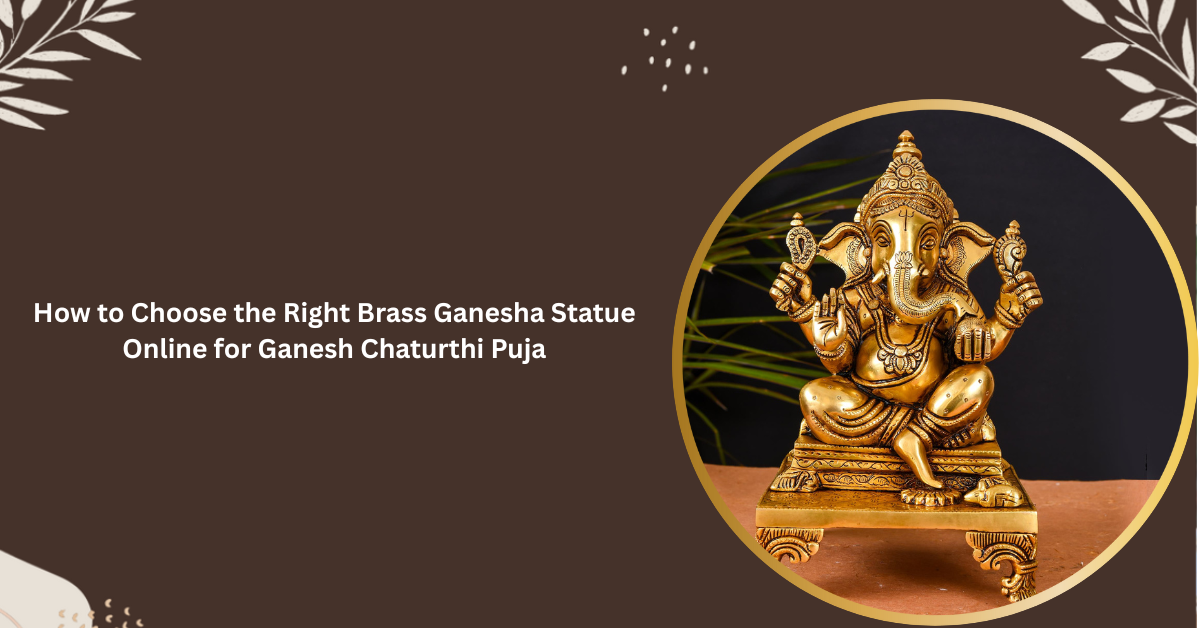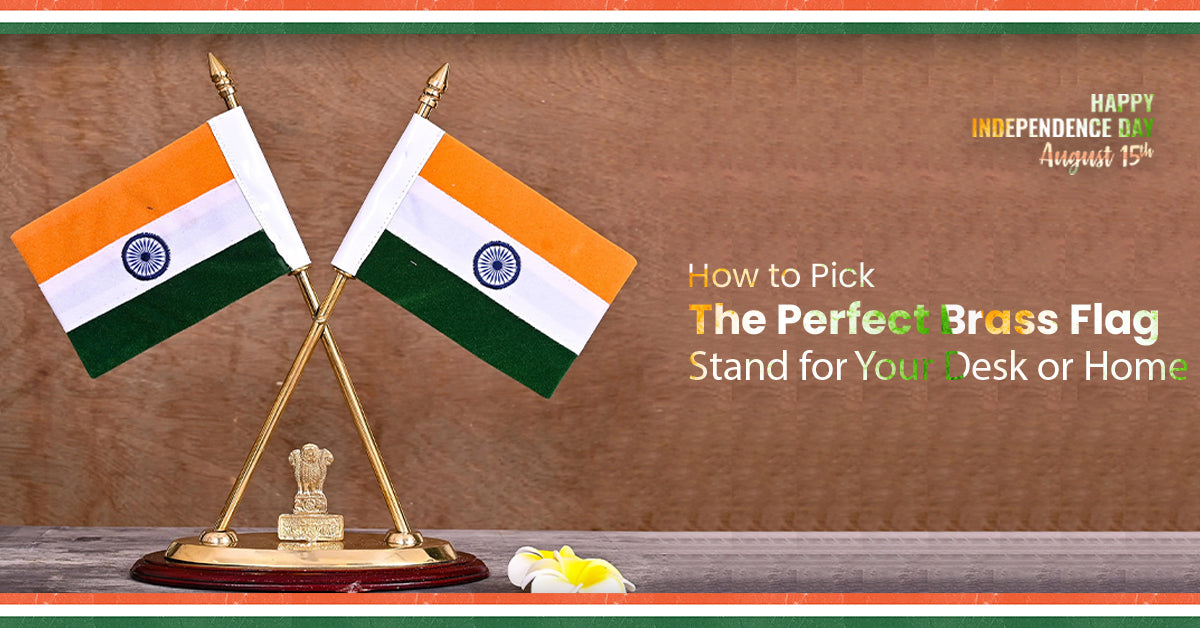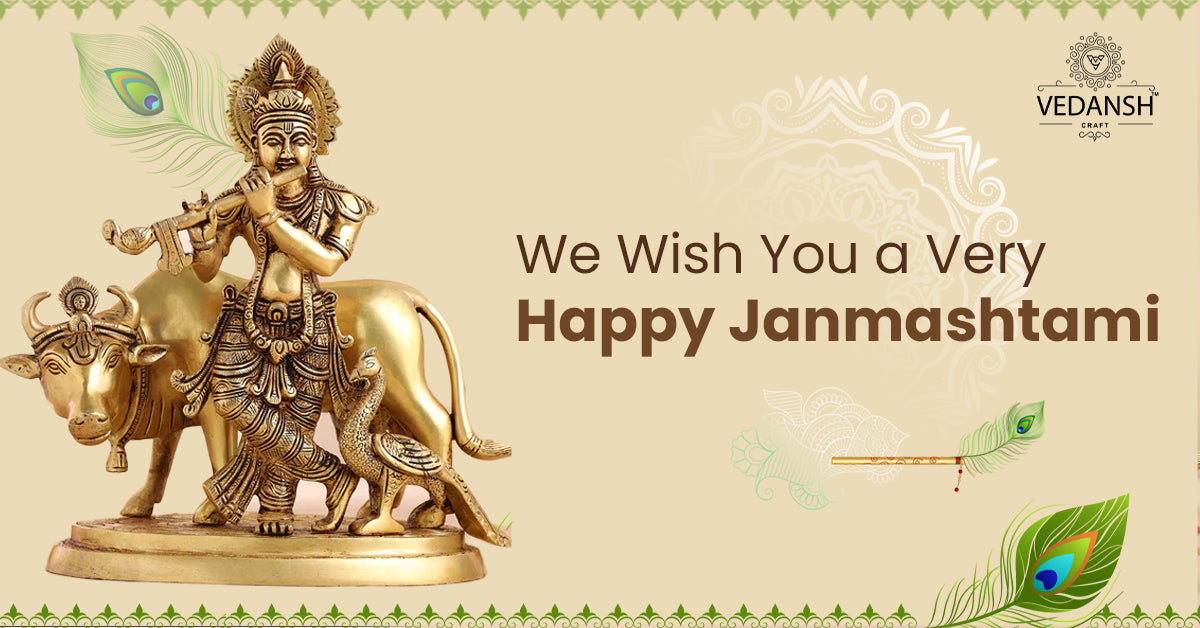

Dussehra: Celebrating Goodness and Unity in India
, by javed techqart, 7 min reading time
Dussehra, or Vijayadashami, is a significant Hindu festival celebrated in India and other South Asian countries. It falls on the tenth day of the bright half of Ashwin's lunar month, October.
Dussehra is one of the most widely celebrated festivals in the country. It marks the victory of good over evil and symbolizes the triumph of righteousness. It holds important cultural and religious significance in India. It reflects the richness of Indian mythology and history. Dussehra is celebrated with great fervor. The rituals and customs vary from region to region across nation. It unites people of diverse backgrounds to celebrate goodness prevailing over evil.
Story Behind Dussehra
The origins of Dussehra is traced back to ancient Indian mythology. According to the Ramayana, Lord Rama, an incarnation of Lord Vishnu. He defeated the demon king Ravana on the tenth day of the battle. This victory of Rama over Ravana is celebrated as Dussehra.
Lord Rama's victory over Ravana is a central theme of Dussehra. Ravana, a powerful and arrogant demon king, had kidnapped Rama's wife, Sita. Rama, with the help of his loyal brother Lakshmana and the monkey god Hanuman, waged a war against Ravana to rescue Sita. After a fierce battle lasting nine days, Rama finally vanquished Ravana on the tenth day. This triumph of good (Rama) over evil (Ravana) is the essence of Dussehra and symbolizes the victory of righteousness.
When and How Long is Dussehra Celebrated?
Dussehra is observed on the tenth day (Vijayadashami) of the bright half of the lunar month of Ashwin, according to the Hindu calendar. This typically falls in September or October of the Gregorian calendar. The exact date of Dussehra varies each year because the Hindu calendar is lunar-based, and its dates shift annually. To determine the precise date of Dussehra in a particular year, one needs to consult a Hindu calendar or an astrologer.
The festival of Dussehra is celebrated with great enthusiasm and rituals on this specific day, but the preparations and festivities leading up to Dussehra may span several days, especially during the Navaratri period. Navaratri, meaning "nine nights," precedes Dussehra and involves various forms of worship, dance, and fasting to honor the goddess Durga and other manifestations of the divine feminine.
Religious Reasons for Celebrating Dussehra
Dussehra holds immense religious importance in Hinduism. It is a time when devotees celebrate the victory of dharma over adharma. The festival represents the epic battle between Lord Rama and the demon king Ravana, as narrated in the Ramayana. Lord Rama, an embodiment of virtue and righteousness, represents dharma, while Ravana symbolizes adharma due to his arrogance and evil deeds.
Dussehra serves as a reminder that no matter how powerful or wicked someone may be, ultimately, truth and goodness prevail. It inspires people to choose the path of righteousness and virtuous living, aligning their lives with dharma.
In some parts of India, especially in the eastern states, Dussehra is also associated with worshiping Goddess Durga during the preceding nine days known as Navaratri. Navaratri is dedicated to the divine feminine energy and the goddess's manifestations, each representing a different aspect of the supreme goddess.
The tenth day of Navaratri coincides with Dussehra, symbolizing the victory of Goddess Durga over the buffalo demon Mahishasura. This legend reinforces the theme of good triumphing over evil as the goddess, a symbol of divine feminine power, vanquishes the formidable demon.
The celebrations often involve elaborate processions, prayer ceremonies, and the immersion of idols of Goddess Durga into rivers or bodies of water. These rituals signify the victory of good (represented by the goddess) over evil (represented by Mahishasura) and invoke blessings for protection and prosperity.
Dussehra Traditions and Culture
During Dussehra, people engage in various activities to celebrate the victory of good over evil. These activities include:
- Ramlila Performances
Many regions of India organize Ramlila performances, which are dramatic reenactments of episodes from the Ramayana, particularly the battle between Rama and Ravana.
- Burning of Effigies
The highlight of Dussehra in several parts of India is the symbolic burning of Ravana, Meghanada, and Kumbhakarna dummies, which represent the destruction of evil forces.
Each region may have unique customs associated with Dussehra. For instance, in West Bengal, Dussehra coincides with Durga Puja, a festival dedicated to Goddess Durga. In Gujarat, people participate in Garba and Dandiya Raas dances during Navaratri. These regional customs and traditions add a rich tapestry of cultural diversity to celebrating Dussehra across India.
Symbols and Traditions of Dussehra
The burning of Ravana effigies during Dussehra symbolizes the victory of good over evil. In Hindu mythology, Ravana, the demon king, is depicted as the embodiment of arrogance, ego, and wickedness. Lord Rama's defeat of Ravana signifies the triumph of righteousness, truth, and virtue over these negative qualities. The effigy burning, often accompanied by fireworks, is a dramatic representation of Ravana's demise, emphasizing that the forces of goodness ultimately destroy evil.
Ramlila plays are dramatic reenactments of episodes from the Ramayana, particularly the life of Lord Rama leading up to his victory over Ravana. These plays are integral to Dussehra celebrations in many parts of India, especially in North India. Ramlila performances are a way to narrate and relive the epic story, involving elaborate costumes, music, and dialogues. They serve as a form of entertainment and a means of conveying the ethical and moral teachings embedded in the Ramayana.
During Dussehra, people apply tilak (a mark made with vermilion or sandalwood paste) on their foreheads. Tilak is considered auspicious and is applied during religious ceremonies as a symbol of devotion and protection. It signifies the spiritual awakening of an individual and is a common practice before visiting temples or attending Dussehra events.
Aarti is a ritual where a small lamp or flame is waved in front of a deity or a person of reverence. During Dussehra, aarti is performed before Lord Rama's or Goddess Durga's idols as a mark of respect and devotion. The waving of the lamp is believed to ward off evil forces and invite divine blessings.
Dussehra is a festival deeply rooted in Indian culture and spirituality. It commemorates the victory of good over evil, symbolized by Lord Rama's triumph over Ravana and the goddess Durga's victory over Mahishasura. The burning of Ravana effigies, Ramlila plays, and customs like tilak and aarti reinforce this central theme of righteousness prevailing over wickedness.
Dussehra is a reflection of India's diverse cultural and religious heritage. It brings people together, strengthens social bonds, and showcases the country's rich traditions. This festival is a testament to the enduring values of truth, virtue, and the indomitable spirit of good, making it an integral part of India's cultural and religious tapestry.
Blog posts




